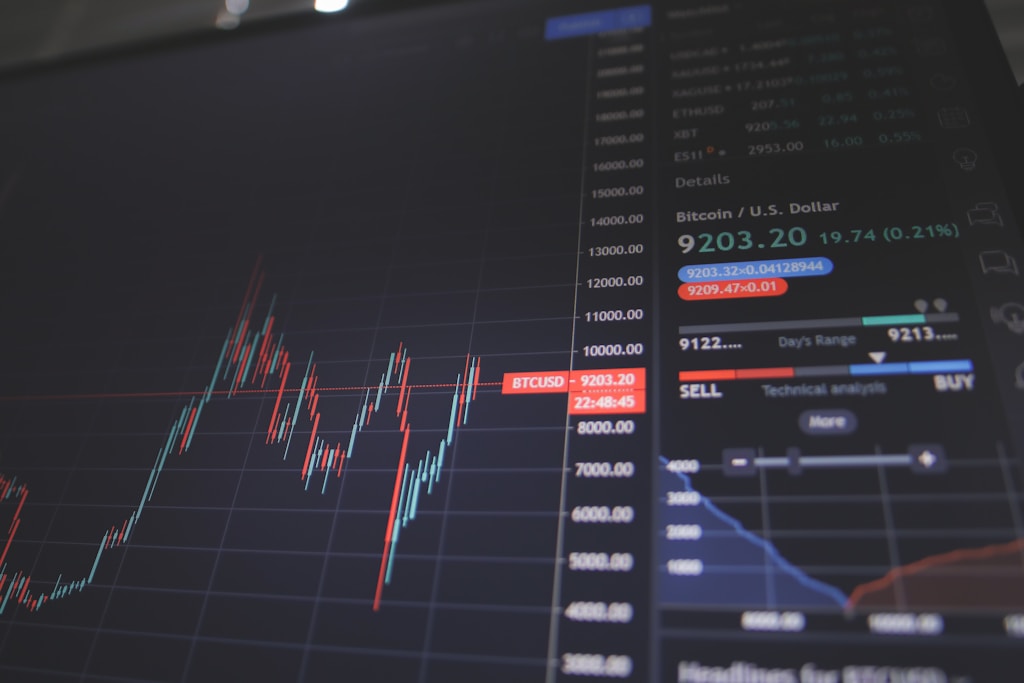Dogecoin (DOGE) is showing promising signs of a potential trend reversal, with technical analysis revealing a bullish inverse head and shoulders pattern that could propel the popular meme coin toward significant resistance levels. Recent analysis suggesting a potential surge to $12 adds broader context to this developing technical setup.
Technical Analysis Points to Bullish Formation
Renowned crypto analyst Klejdi Cuni has identified a promising inverse head and shoulders pattern on DOGE’s short-term chart. This classical technical formation is widely recognized as a reliable indicator of trend reversals, particularly when accompanied by strong volume confirmation.
Key technical levels to watch:
- Neckline resistance: Current major barrier
- First target: $0.2390
- Secondary target: $0.2500
Volume Analysis and Pattern Confirmation
The validity of this pattern hinges on several critical factors:
- Volume confirmation during breakout attempts
- Clean break above the neckline resistance
- Sustained momentum post-breakout
Market Implications and Trading Strategy
A successful breakout could trigger several key developments:
- Increased buying pressure from momentum traders
- Potential short squeeze scenario
- Renewed retail interest in DOGE
Frequently Asked Questions
What is an inverse head and shoulders pattern?
A bullish chart formation consisting of three troughs, with the middle one (head) being deeper than the other two (shoulders). It typically signals the end of a downtrend.
What are the key resistance levels for Dogecoin?
The immediate resistance lies at $0.2390, followed by a more significant barrier at $0.2500.
How reliable is this pattern for price prediction?
While historical data shows roughly 75% success rate for this pattern, traders should always use additional indicators and proper risk management.
Traders should maintain careful position sizing and implement appropriate stop-loss orders, as technical patterns can fail despite promising setups.
